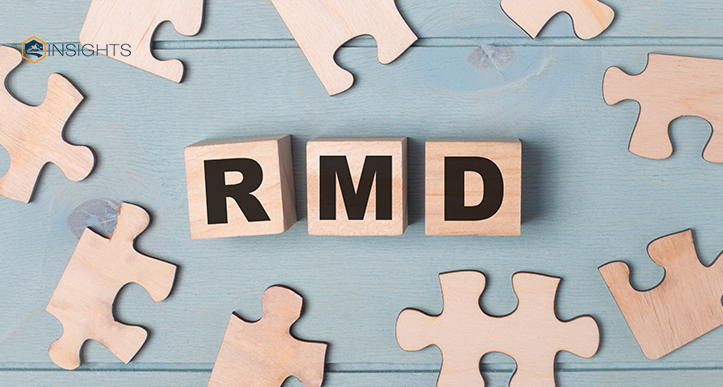What you need to know about mandatory retirement account withdrawals.
If you are approaching your seventies, get ready for required minimum distributions. You may soon have to take RMDs, as they are called, from one or more of your retirement accounts.
You can now take some RMDs a bit later in life, which is good. Recent rule changes give your invested savings a little more time to potentially grow in your retirement savings vehicles before that first required drawdown.
What account types require RMDs? Any retirement plan sponsored by an employer, plus traditional Individual Retirement Arrangements (IRAs) and IRA-based retirement plans, such as SIMPLE IRAs and Simplified Employee Pension plans (SEPs). Original owners of Roth IRAs do not have to take RMDs.1
You can take your initial RMD from a retirement plan by December 31 of the calendar year in which you turn 72. You actually have the choice of taking that first annual RMD as late as April 1 of the following year, i.e., the year in which you will turn 73, but you’ll have to take your second RMD by December 31 of that same year. So, if you wait 16 months to take your first RMD, you will end up taking both your first and second RMDs from that account in the same year – and since each RMD represents taxable income, that could lead to higher-than-anticipated tax bill for that year.1
How are RMDs calculated? The Internal Revenue Service provides calculation formulas in Publication 590-B. Commonly, you calculate your yearly RMD by dividing the balance of your retirement account on December 31 of the previous year by a life expectancy factor, a number you take from tables published within Publication 590-B.1
If you have multiple retirement accounts (as many of us do), each one will require an annual RMD calculation. If you own multiple traditional IRAs, you have the choice to calculate RMDs for each of those IRAs and take the combined RMD amounts for all three IRAs from just one of those IRAs. You have the same choice if you have multiple 403(b) plan accounts.1
What do you need to do to avoid penalties with RMDs? The most important thing to do is to take them by the annual December 31 deadline. The second most important thing to do is to withdraw the right amount.
If you take an RMD after the December 31 deadline or withdraw less than you should, a penalty may apply. The I.R.S. may levy as much as a 50% tax on the amount not withdrawn.1
The good news is some investment firms will update you on your upcoming RMDs well in advance of annual deadlines, and your RMDs may even be calculated for you. This is not a given, however, and even when you receive such information, you must act on it, because it takes time to authorize and execute the RMD.
Lastly, take a look at how the RMD income may affect your taxes. There are ways to manage the tax impact of RMDs, and you can explore those choices with a financial or tax professional.
Source
- IRS.gov, April 27, 2022. https://www.irs.gov/retirement-plans/plan-participant-employee/retirement-topics-required-minimum-distributions-rmds.




